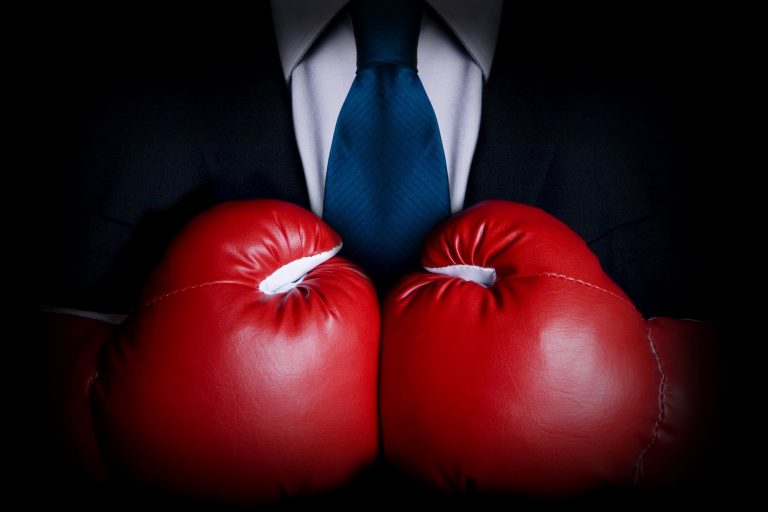California Supreme Court Holds that Payroll Services Provider ADP Cannot Be Sued for Breach of Contract, Negligence, and Negligent Misrepresentation by a Former Employee Seeking Unpaid Wages
Published: April 19, 2019
Can an employee sue the employer’s payroll service for failure to correctly process and report payroll? According to the California Supreme Court recent decision in Goonewardene v. ADP, LLC (2019) 6 Cal.5th 817, the answer is no.
In examining the claim, the Court held that when an employer hires a payroll company, providing a benefit to employees with regard to the wages they receive is ordinarily not a motivating purpose of the transaction. Instead, the relevant motivating purpose is to provide a benefit to the employer, with regard to the cost and efficiency of the tasks performed and the avoidance of potential penalties. Next, the Court held that there was no need to permit a third party employee to sue in order to enforce an alleged breach by ADP of its obligations under the contract, because the employer was fully capable of pursuing a breach of contract action against ADP on its own. Finally, the Court held that allowing employees to sue payroll service providers for alleged wage violations clearly imposes substantial additional costs on the payroll company in light of the significant legal expense that would be entailed in defending such claims, which regularly arise between employees and employers. Accordingly, such an expansive interpretation of the third-party beneficiary doctrine would likely lead a payroll company to pass these additional litigation costs on to the employer through a higher price for payroll services.
The takeaway for employers utilizing payroll companies is to ensure that any payroll services agreement contains clear provisions setting forth the relationship between the employer and the payroll company. For example, contractual language should clearly set forth the payroll company’s responsibility to assist the employer by calculating the amount of wages owed to each employee in light of applicable laws as well as provide the ministerial services of making out paychecks and delivering the required pay information to each employee. In addition to including indemnification provisions, such payroll services agreements should emphasize the obligation of the payroll company to act with due care in ensuring the employer fulfills its obligations to its employees under the labor statutes and wage orders. Such provisions will both insulate the payroll company from potential third-party employee claims and strengthen the employer’s rights to enforce the agreement.




